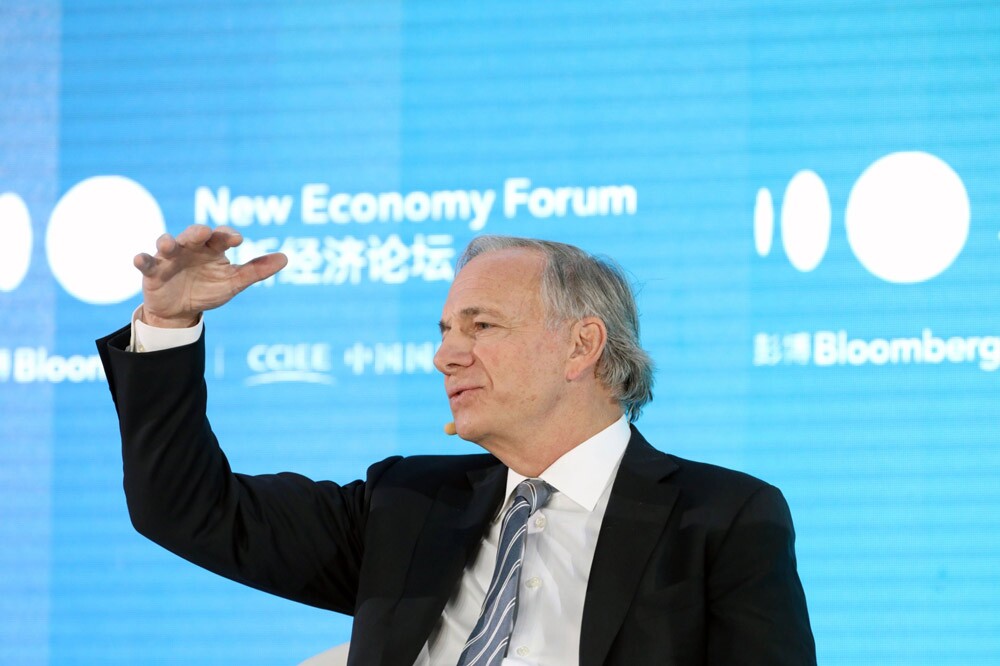With U.S. stocks at levels that seem to defy the economic realities that are facing businesses as a result of the global pandemic, market experts have been focused on whether or not it’s all a bubble. Now Bridgewater founder Ray Dalio has given his take on whether the market should worry investors.
In an article posted on LinkedIn on Monday, the Bridgewater co-chairman and co-chief investment officer said he had “systemized” his knowledge of market froth into a bubble indicator.
Dalio measures a bubble — defined as an unsustainably high price — in six ways, including comparing values to history, determining how many new buyers are in the market, and looking at whether buyers are using leverage to finance stock purchases. He said that Bridgewater builds gauges based on these six factors for each stock and then creates broader indices out of those.
The hedge fund firm’s assessment of the current market is mixed. Not one of the six bubble measures for the total market, for example, is in bubble territory, though Bridgewater gave a “frothy” rating to “the number of new buyers” in the market as well as “broad bullish sentiment.”
When the hedge fund firm looked at emerging technology companies, however, three of the six measures were flashing “bubble,” including many new buyers in the market, broad bullish sentiment, and purchases being financed with credit.
“In brief, the aggregate bubble gauge is around the 77th percentile today for the U.S. stock market overall,” Dalio wrote in the post. “In the bubble of 2000 and the bubble of 1929 this aggregate gauge had a 100th percentile read.”
[II Deep Dive: Jeremy Grantham Warns Fed Can’t Keep ‘Epic Bubble’ From Bursting]
The ratings for individual stocks vary widely.
Only about 5 percent of the top 1,000 U.S. companies are in a bubble, according to Bridgewater. “That’s about half of what we saw at the peak of the tech bubble,” he wrote. “The number is smaller for the S&P 500 as several of the most bubbly companies are not part of that index.”
When Bridgewater compared the performance of its bubble stocks with the top 500 companies overall, the alternative manager found that the price gap between the two groups had risen rapidly in the recovery from the market crash in early 2020.
“This market action is reminiscent of the ‘Nifty Fifty’ in the early 1970s and the dot-com bubble stocks in the late 1990s, both of which I remember well,” he wrote. “It scores similarly to the bubble stocks of the late 1920s, which I can’t remember because I wasn’t alive then.”







